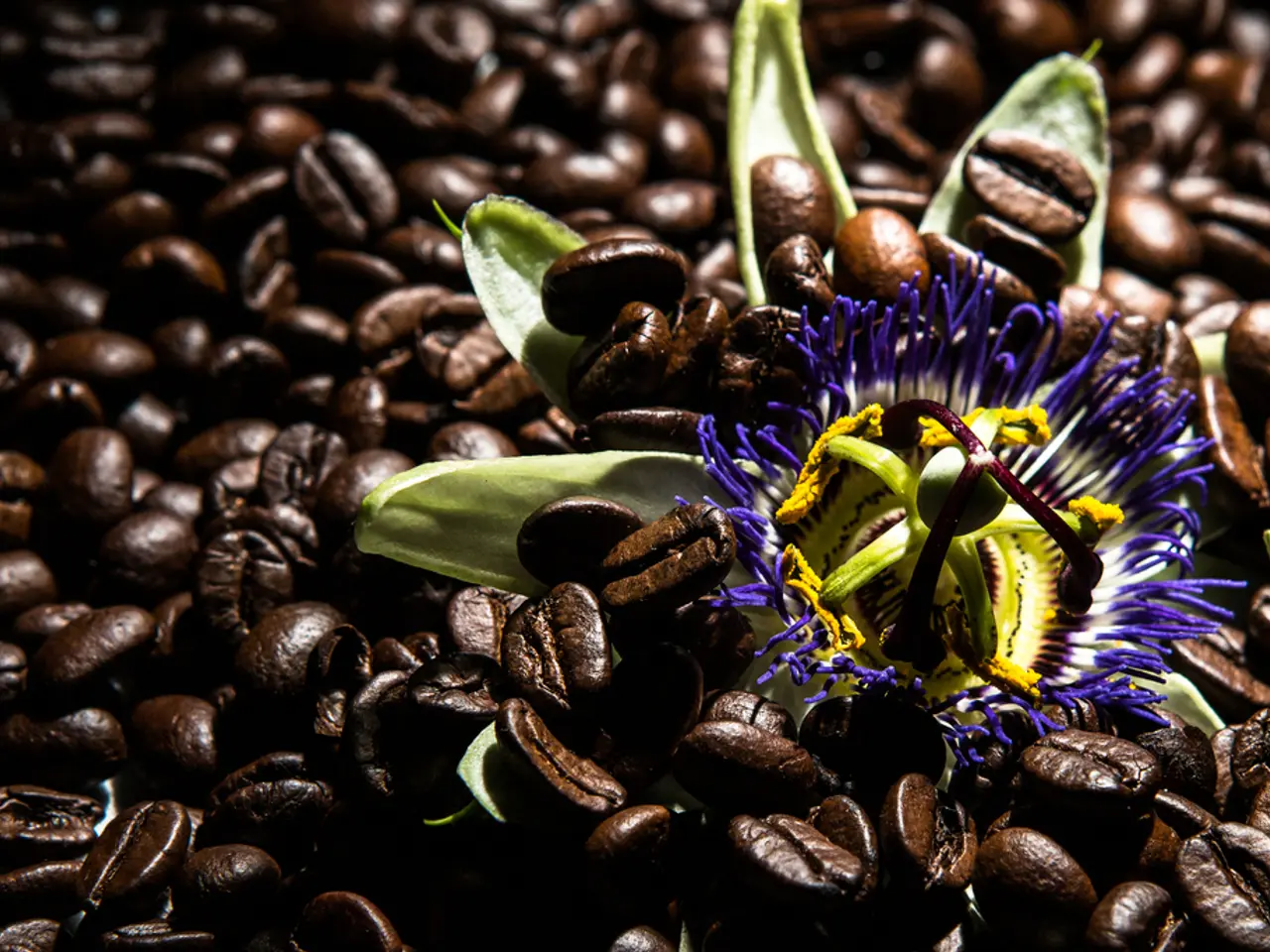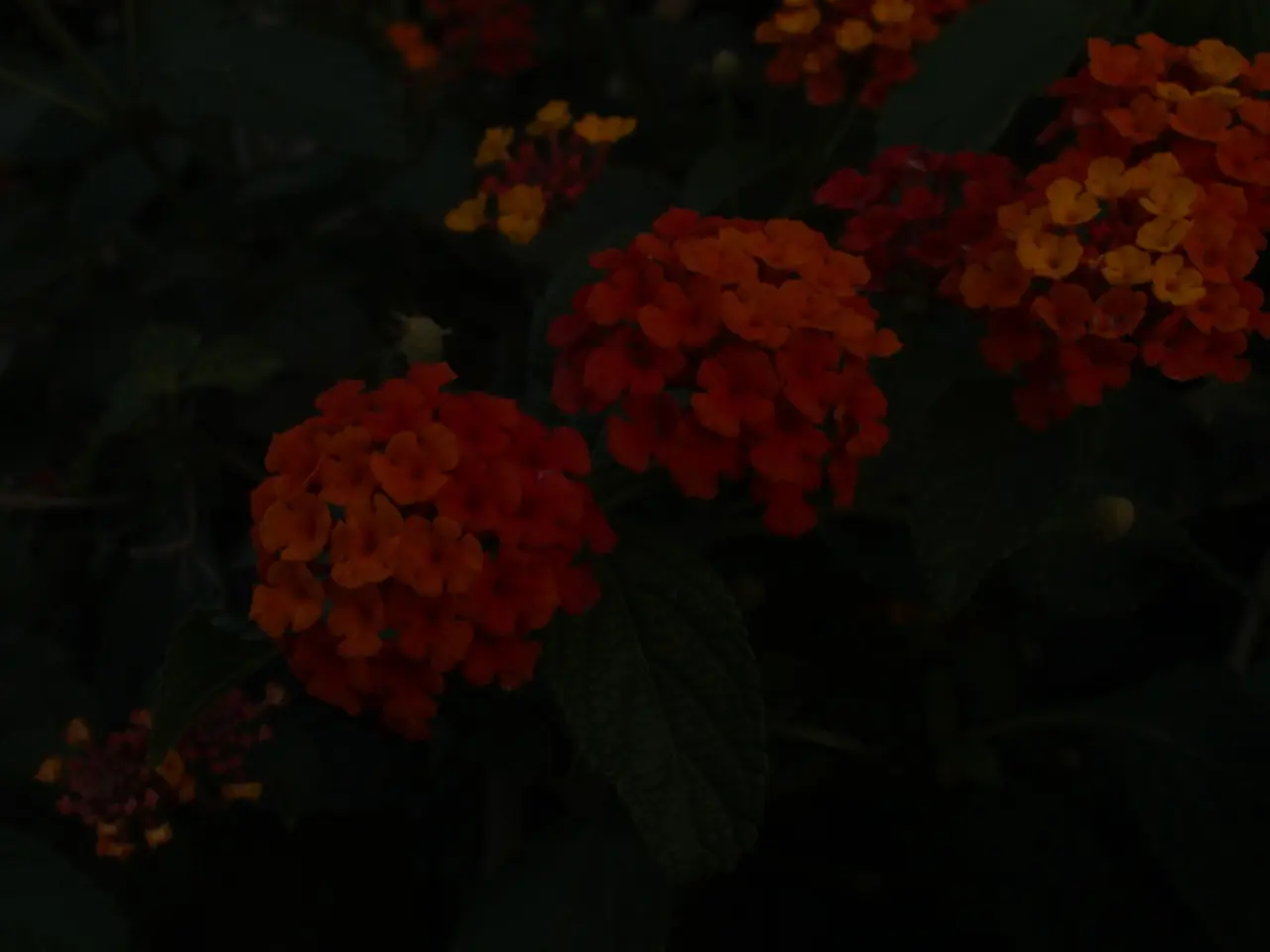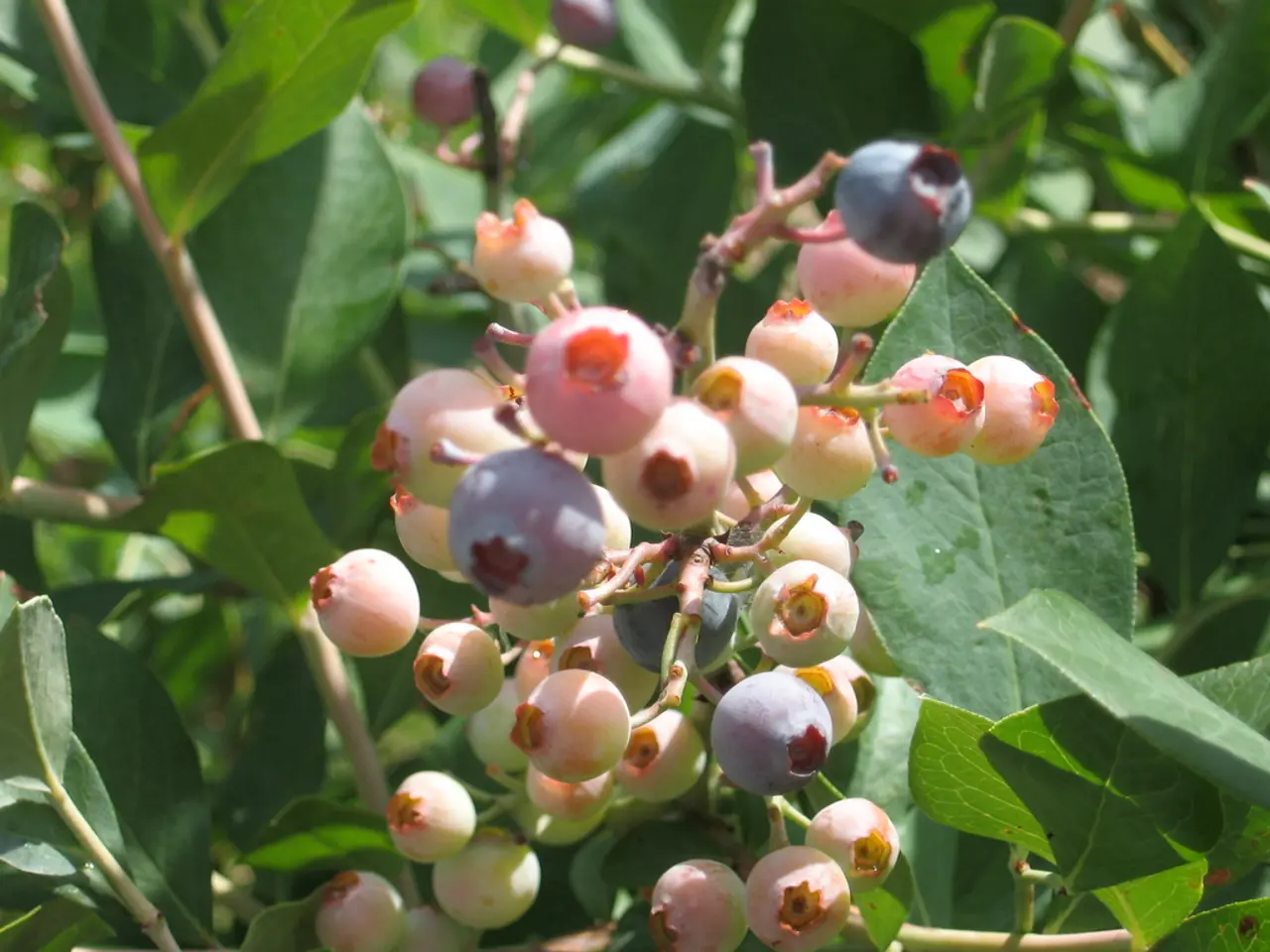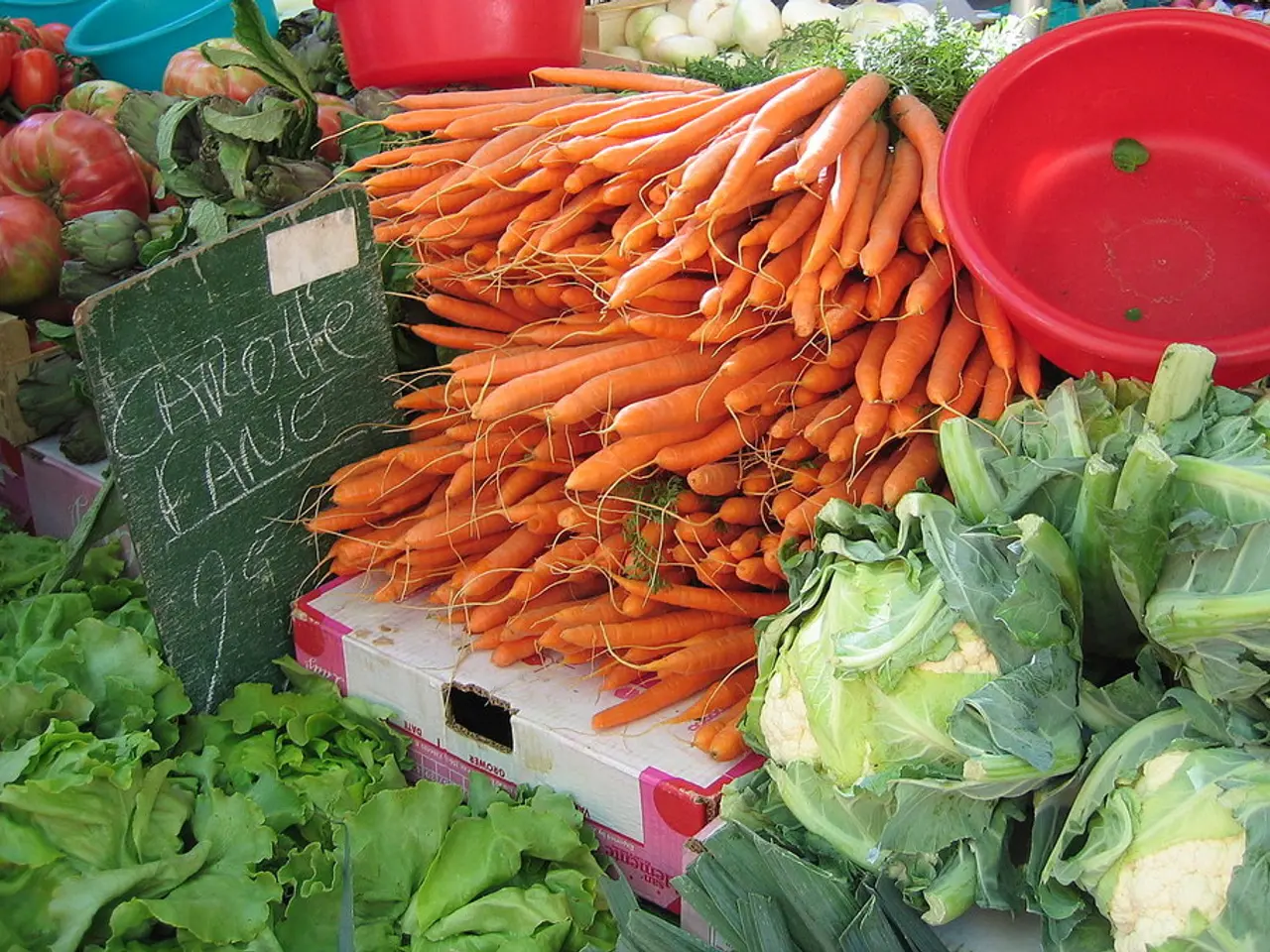Guide for Cultivating French Beans
Growing French Beans Like a Pro
French beans, also known as snap beans, offer a double bonus: you can enjoy the immature pods while they're tender, or let them dry on the plant for haricot beans. Easy to cultivate and prolific, French beans are a fantastic choice for your garden. They outshine their peers, such as runner beans, in terms of heat tolerance and cropping reliability.
Get your French bean game on point with these handy tips:
- Growing French Beans from Seed
- Planting Out Your French Bean Seedlings
Sowing and Planting French Beans: The ABCs
French beans crave sunlight, shelter, and a fertile, moisture-retentive soil. They don't fare well on heavy clay, so be sure to incorporate loads of well-rotted organic matter like garden compost before planting.
Since French beans are tender crops, sow them indoors from April and transplant them outside after the last frost, usually in late May or early June. For a steady supply of beans all the way through autumn, remember to sow new seeds every three weeks until early summer. If you're sowing outdoors, be mindful that seedlings will need a cloche to keep warm.
Pro-tip: Dwarf French beans don't need any support, while climbing French beans look stunning when grown with sweet peas on a wigwam of canes in the flower border.
Caring for Your French Bean Plants: The TLC
Watering: Keep French bean plants well-hydrated, especially during flowering. Ensure the soil around the roots maintains moisture by applying a layer of garden compost as a mulch.
Harvesting: Pick the beans as soon as they're big enough to eat, around eight weeks after sowing. Use scissors to snip them off. Regular harvesting encourages the plant to produce more beans.
Storage: If you don't want to consume the entire crop right away, blanch beans by dipping them in boiling water for two minutes, then pop them in the freezer for later.
Preparation and Usage: Never munch on raw pods. To prepare, trim the tops and tails, then lightly steam or steam them and serve with a knob of butter. Add cooked beans to salads if you prefer!
Average Yield:4.5kg per 3m row
Dried beans need at least five hours of soaking, followed by a brisk boil for ten minutes and a slow simmer for about an hour before they can be added to soups and casseroles.
Pests and Diseases:
Slugs: Keep slugs at bay by scattering crushed eggshells around your plants or using nematodes.
Green Shield Bugs: These harmless bugs will not harm your French bean plants, so don't worry if you spot them!
Drying French Beans
If the weather turns damp, dig up the entire plant and hang it upside down in a warm, well-ventilated area to dry. Once dried, empty the pods and store the beans in jars in a cool, dark place.
Spacing:15 apart45 between rows
Terrific French Bean Varieties to Grow
Dwarf beans:
- 'Borlotto' - Beautifully colored mature pods ideal for drying. The beans offer a pleasant texture and flavor.
- 'Purple Teepee' - An abundance of striking purple pods up to 15cm long.
- 'Sonesta' - Strings removed, these pretty yellow beans grow up to 13cm long.
Depth:5
Climbing beans:
- 'Borlotto Lingua di Fuoco Nano' - An Italian variety boasting remarkable pods speckled with red.
- 'Hunter' - Large crops of strings removed, flat pods up to 20cm long with good disease tolerance.
- 'Sansoucy' - Height of 45cm, pods of 30cm long, produced high above the foliage.
- For a prosperous food-and-drink lifestyle, consider growing dwarf French beans like 'Sonesta' in your home-and-garden, as they offer pretty yellow beans that are string-free.
- To incorporate French beans into your cooking, pick them as they reach the right size, roughly eight weeks after sowing, then blanch and freeze them for later use.
- A worthwhile addition to your garden and lifestyle, French beans excel in areas where runner beans may struggle, particularly in terms of heat tolerance and cropping reliability.








